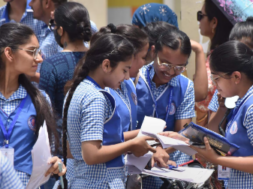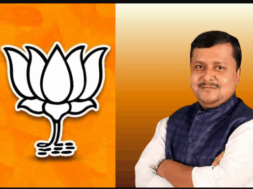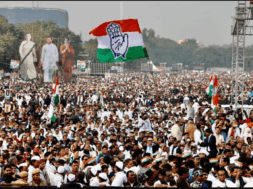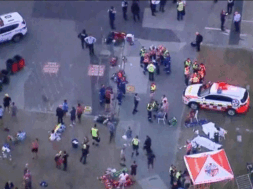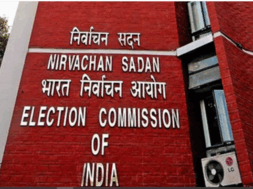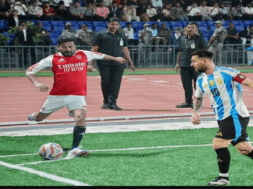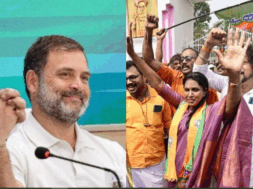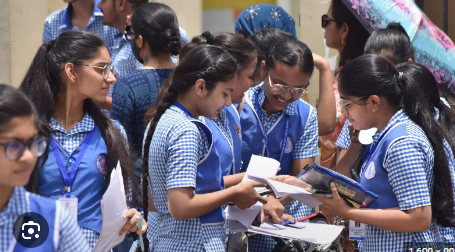
CBSE Proposes Changes in Academic Structure in Both Secondary and Higher Secondary Classes
NEW DELHI, Feb 1: The Central Board of Secondary Education (CBSE) has suggested substantial revisions in the academic structure for secondary and higher secondary education. Among the proposed changes is a transition from studying two languages to three in Class 10, mandating that at least two of these languages must be native to India, according to media reports.
Additionally, there is a proposed change in the passing criteria for Class 10 students, increasing the requirement from passing in five subjects to 10. Likewise, in Class 12, the suggested modifications include students studying two languages instead of one, with the prerequisite that at least one must be a native Indian language. In total, students would need to pass examinations in six subjects rather than five to complete high school.
As per the reports, the suggested changes are integral to the CBSE’s larger effort to introduce a national credit framework in school education. This framework aims to create academic parity between vocational and general education, enabling smooth transitions between the two educational systems, as outlined in the National Education Policy 2020.
As of now, there is no organised credit system in the traditional school curriculum. A full academic year would consist of 1,200 notional learning hours, or 40 credits, according to the CBSE proposal.
The term “notional learning” refers to the estimated amount of time needed for a typical learner to meet particular learning objectives. A student needs to complete a total of 1,200 study hours in a year to pass, with each topic being allotted a set number of hours. The time covers both academic teaching taken in-house and extracurricular, experiential, or non-academic learning.
As a result, the learning objectives and credit requirements for each subject have been included in the curriculum structure. The Academic Bank of Credits, which may be accessed through a connected Digilocker account, will digitally record the credits that students have earned. These credits will be “independent” of the grades that students receive, according to an official CBSE document.
The Board has suggested adding more subjects to the secondary and upper school curricula to implement this initiative. Additions to the current subject list include vocational and transdisciplinary courses. In the case of Class 10, under the credit-based system, students would have to pass 10 subjects (seven main topics and three languages) instead of the existing five subjects (two languages and three key subjects including math, science, and social studies).
Of the three languages needed, two should be native to India. Mathematics and computational thinking, social science, science, art education, physical education and well-being, vocational education, and environmental education are the seven key subjects that are recommended for Class 10, as per the outlet.
For Classes 11 and 12, rather than the existing five subjects (comprising one language and four electives), students would be required to study six subjects (including two languages and four subjects, with an additional fifth subject if desired). One of the two languages must be the Indian native language.
The proposal outlining changes to the academic structure of Classes 9, 10, 11, and 12 was sent to all heads of CBSE-affiliated institutions towards the end of last year. They were requested to review the proposal and provide feedback by December 5, 2023.
(Manas Dasgupta)
